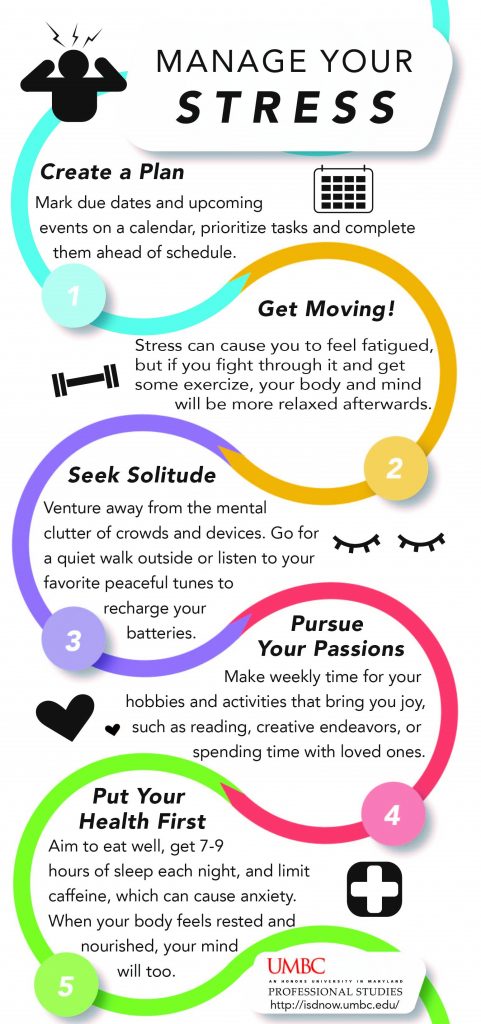The level of job satisfaction is closely associated to health and well-being. A British website (acas.org.uk) reports that, in 2001, 13.4 million working days were lost to stress, depression and anxiety. Although statistics are not readily available for South Africa we know that stress is a huge problem in this country. We also know that stress can compromise the quality of working life, negatively impact productivity and lead to high staff turnover. Stress is also associated with absenteeism, low morale, worker dissatisfaction, poor decision making, reduced self-esteem and self-worth, mood swings, poor concentration, irritability and anger.
This unit addresses stress in the workplace, understand what gives rise to work related distress and cope with the symptoms such as anxiety and ill health.
What are some common causes of stress in the workplace?
Culture of the organisation: how does the organisation approach work-related stress?
Relationships: poor inter-personal relationships; lack of trust and insecurity e.g. bullying and harassment.
Change: Most organisations in South Africa are undergoing change at various levels. If employees are not given the opportunity to contribute to how change will be managed it can lead to increased stress levels.
Support and communication: Managers and supervisors must realise that face-to-face (not only e-mails) communication with their staff is important – they need to know what the issues are troubling them.
Control: Employees feel disgruntled and perform poorly if they have little or no say in issues that are troubling them.
Role: When employees are clear about what is expected of them stress levels decline.
Overload: Stress often results when employees are unable to handle the volume of work allocated to them.
Under load: Employees who are under-challenged often experience stress-related boredom.
Complexity of work: Stress can also result when employees are asked to perform work that falls outside their level of competence.
